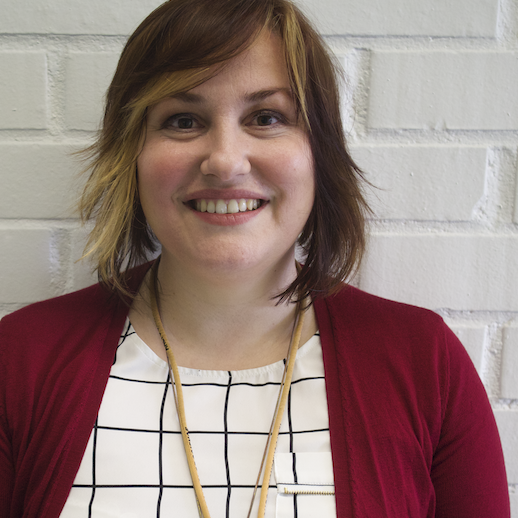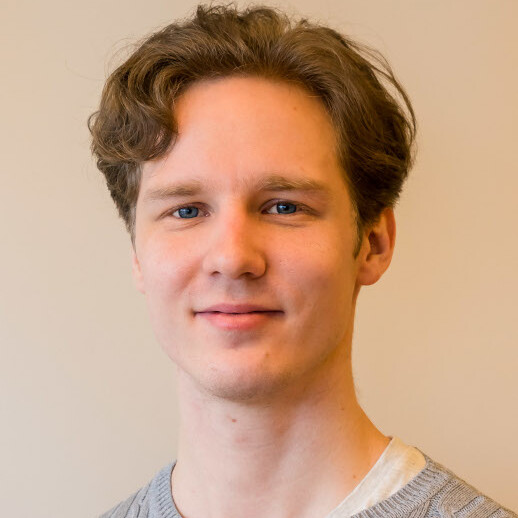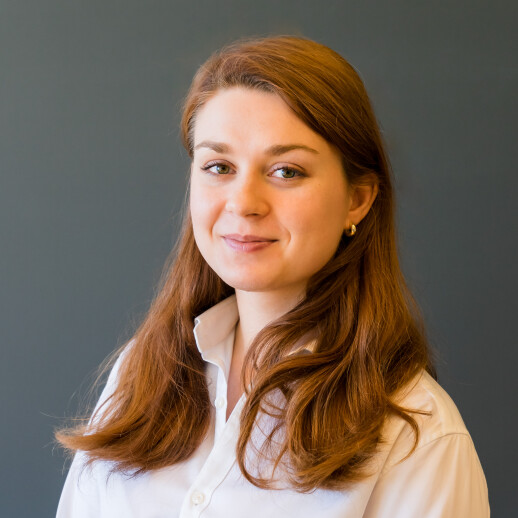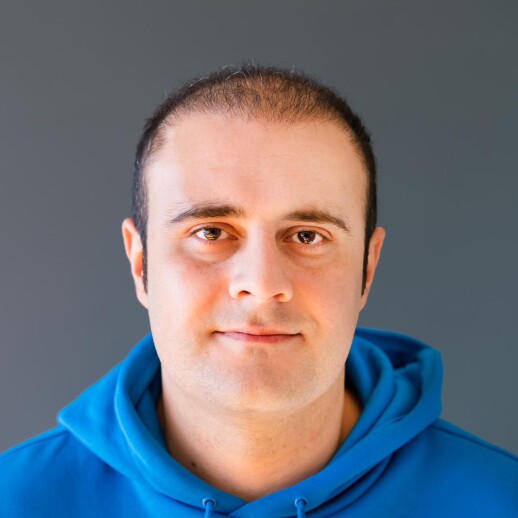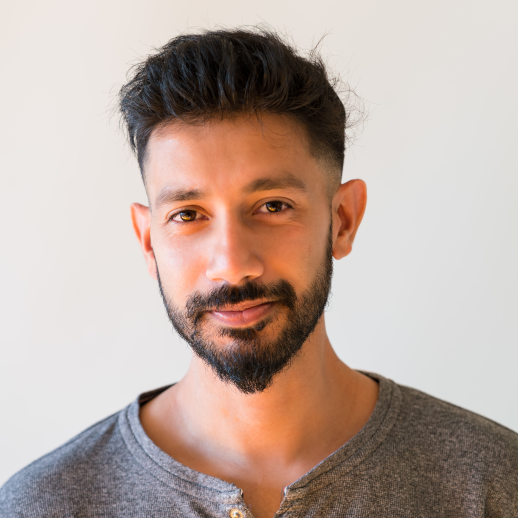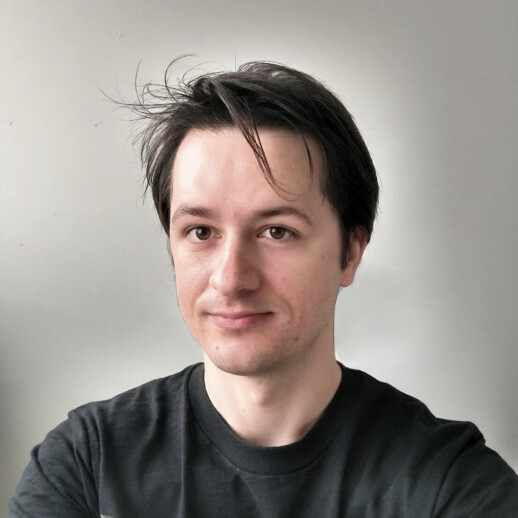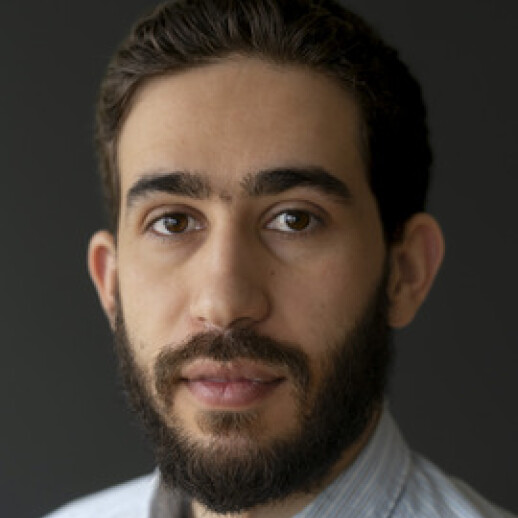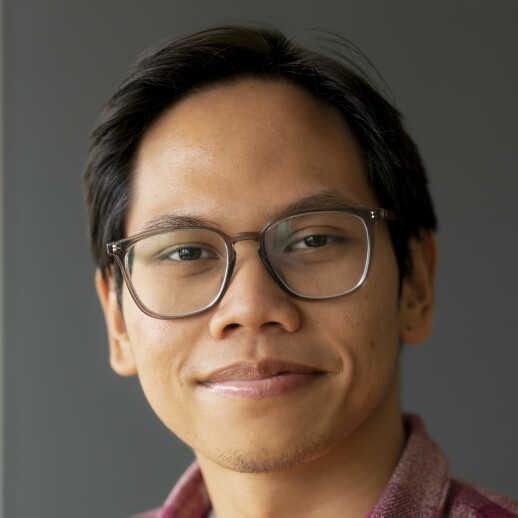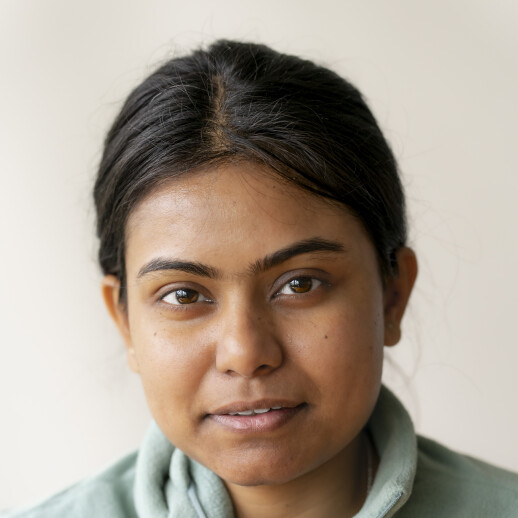Materials Informatics Laboratory
The computational material science group led by Milica Todorović combines algorithms from artificial intelligence with materials simulations and design. In collaboration with computer science partners and experimental colleagues, we are developing new methodologies for optimising functional materials and their performance in devices.
Current Projects
Funded by the Finnish Research Impact Foundation (2024-26)
Funded by Business Finland (2024-2026)
Funded by the European Union (2023-2027)
The DeeperMaterials consortium project applies state-of-the-art deep learning and text mining methods to the domain of materials science research for materials discovery. The results of the research will contribute to designing better materials for next-generation solar cells and other key technologies for sustainable industries of the future.
Funded by Academy of Finland (2022-2024).
As a result of the current targets of electrification, the demand of raw materials for the production of lithium-ion batteries (LIBs) is expected to increase significantly during the next decades. To alleviate the depletion of natural resources, the circular economy (CE) model proposes the recovery of materials from end-of-life products. Despite the growing interest on the CE, there are no objective parameters or scientific methodologies to develop technology following its principles by design. SmartCycling will find parameters for value and functionality of battery materials which, combined with material flow analysis, will allow the optimization of recycling processes according to CE targets. As measurable parameters are developed, SmartCycle will be the first project to use artificial intelligence (AI) tools for multiobjective optimization of CE technology. SmartCycling is a research action that will support the establishment of a new type of engineering with the CE goals at its core.
Funded by the Research Council of Finland (2022-2025).
Airborne nano-sized particles play key roles in Earth’s climate, air pollution, and transmission of communal diseases. With ultra-brilliant X-rays available at synchrotron radiation facilities, we have been able to directly see how atmospheric molecules, such as water, attach to the surfaces of nano-particles and change their properties. This knowledge is necessary to understand the effects of nano-particles in the atmosphere, but the experiments are too rare and costly to make timely progress on urgent societal challenges. We have recently developed new artificial intelligence methods that can predict the structures and resulting experimental signatures of atmospheric molecules, when they attach to a surface. In this project, we will adapt these methods to study atmospheric nano-particles and greatly amplify the utility of each rare synchrotron experiment. This will accelerate the exploration and impact of new scientific discoveries.
Funded by the Research Council of Finland (2022-2026).
Active machine learning methods for atmospheric science (ActiveAtmos) project employs novel data curation techniques to build high-quality transferable AI models. Given atmospheric molecules as input, the model will make instant predictions on their affinity to condense into aerosol particles, expanding on our understanding on aerosol formation and impacting climate change models. This Grand Challenge project on CSC’s Mahti supercomputer is carried out jointly with Prof. Patrick Rinke (Aalto University), Dr. Theo Kurtén and Prof. Hanna Vehkamäki (University of Helsinki).
This cross-disciplinary study opens the route towards green, cost-efficient biorefinery protocols to convert wood-derived lignin from waste into valuable materials for everyday use. We apply AI to infer how experimental processing conditions for lignin extraction correlate with the structural and functional properties of resulting lignin, so we can customize lignin types towards their target applications. The AI for Wood-based Functional Materials (AI-WOOD) collaboration with Prof. Mikhail Balakshin, Prof. Patrick Rinke and the FinnCERES CoE (Aalto University) is supported by the Aalto Platforms Seed Fund (2020).
In this data-driven project, we train AI models to map molecular structure to their electronic levels and spectra, allowing fast inference of their light-absorbing and emitting properties. The trained models can be used to screen millions of candidate organic molecules for those with optimal properties in optoelectronic devices. This joint work with the groups of Prof. Patrick Rinke and Prof. Aki Vehtari (Aalto University) promises to accelerate the development of new technologies by cutting down on trial-and-error approaches in materials design.
Bayesian optimization (BO) is a key AI tool for autonomous complex optimisation tasks. The BOSS code incorporates basic and advanced BO functionality into a free python tool for solving optimisation problems in materials science. BOSS has been applied to atomistic structure search in complex functional materials, optimal parameter search, multi-target materials design, and for guiding experimental data collection. BOSS code development with groups of Prof. Patrick Rinke (Aalto University) and Prof. Jukka Corander (University of Oslo) is supported by the Academy of Finland through the AI in Physical Sciences and Engineering AIPSE call (2018-2021).
Devices for future technologies are based on advanced functional heterostructures, which typically feature blends of organic molecules and inorganic crystals. Their performance critically depend on the binding, structure and properties at the organic/inorganic contact, which is difficult to probe experimentally and computationally. We use the BOSS code to conduct global structure search at the organic/inorganic interfaces, and extract all possible contact structures to study their relative stabilities and properties. In collaboration with global partners, our objective is to understand and optimise device performance.
Materials science abounds with approximated models for more tractable research, with computational frameworks fitted to experiment, or force fields fitted to costly quantum mechanical simulations. Transfer learning exploits the high correlation between different fidelity levels to learn primarily from cheap low-fidelity data, then refine the accuracy of predictions with a few costly data points. These innovative AI tools are introduced into materials science in joint work with Prof. Patrick Rinke (Aalto University) and Prof. Jukka Corander (University of Oslo).
HITL builds upon data-driven AI applications in materials science by additionally sampling the scientist to collect domain knowledge. This information can be employed to guide AI data collection, make learning more data-efficient, correct data biases, and resolve issues where data is inconclusive. Research on this upcoming trend is carried out in collaboration with the group of Prof. Samuel Kaski (Aalto University and FCAI).
Past Projects
Research into halide perovskite materials for solar cell applications and green energy is of strategic importance to both China and Finland. In the proposed research seminar, we will bring together perovskite experts that employ computational modelling, experimental studies and artificial intelligence approaches for talks and discussions. Complementary expertise of participants will facilitate transfer of knowledge between China and Finland and serve as a foundation for future collaborative research lines. Our joint research objective is to engineer the structure and properties of perovskite materials to improve their stability and performance in devices.
